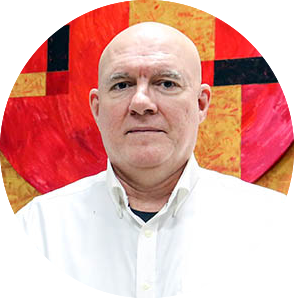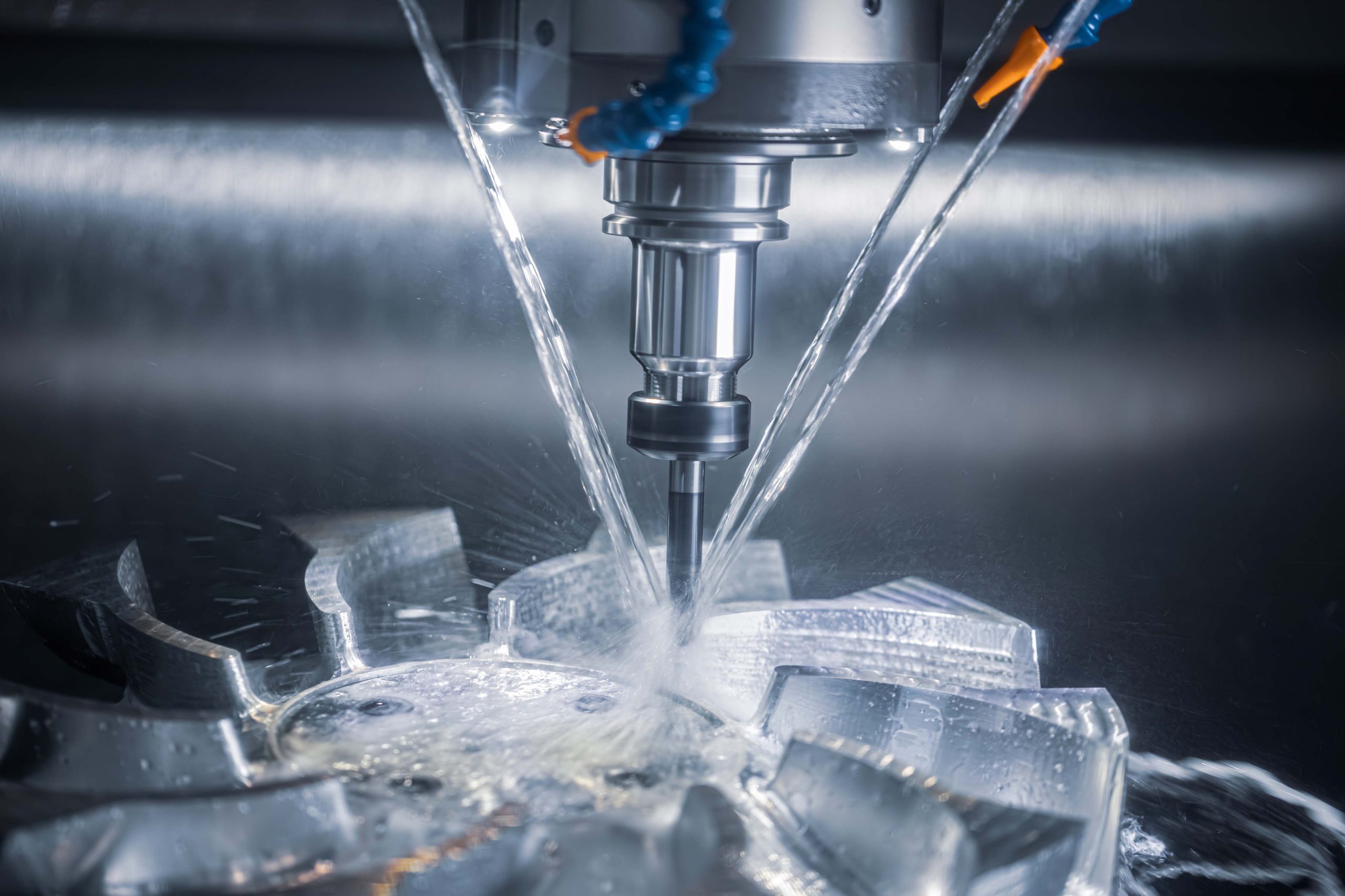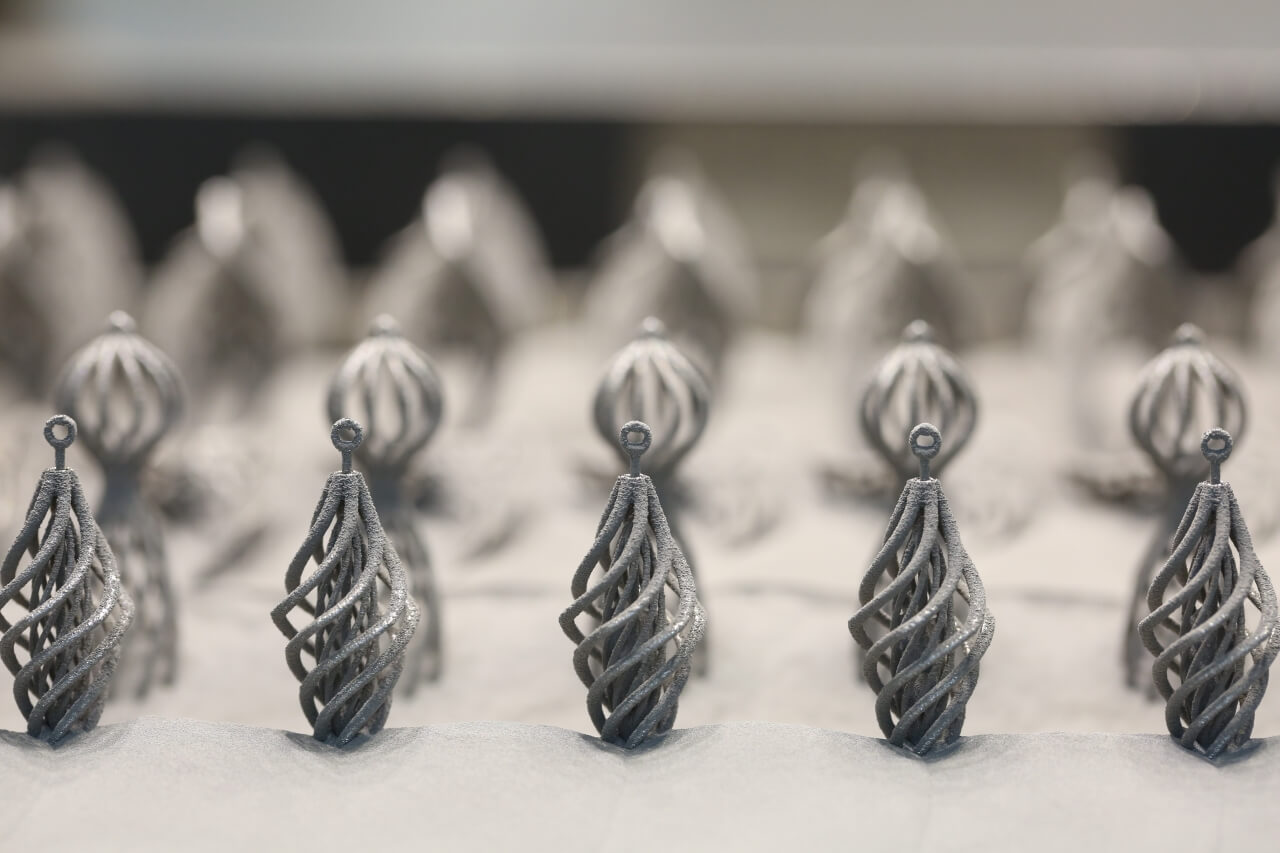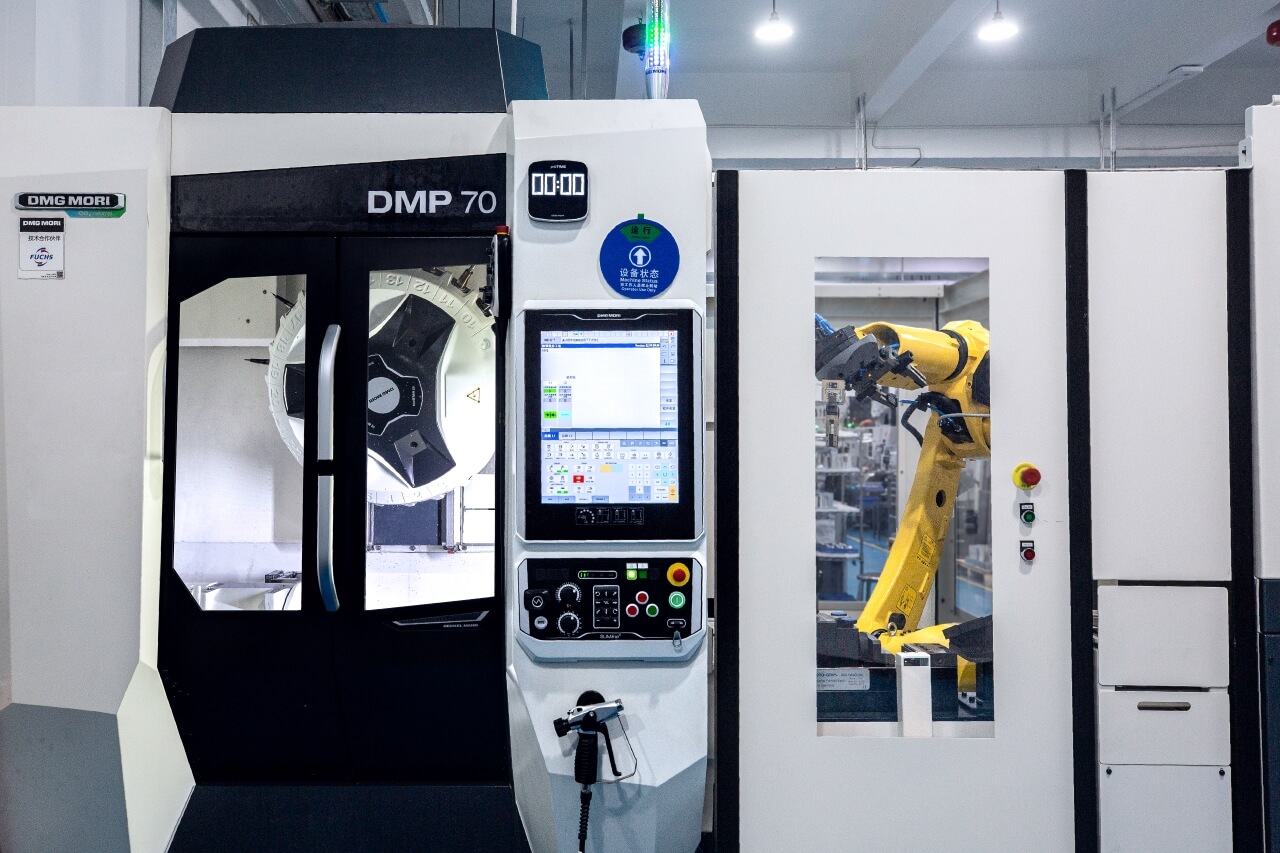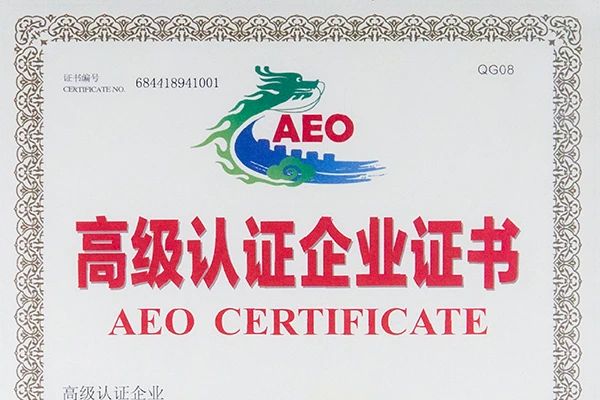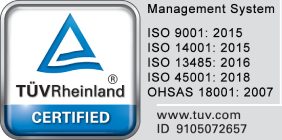Rapid prototypes are an essential part of the product development journey. They are used for functional testing, proof-of-concept, sales demonstrations and as master models for casting and other manufacturing processes.
There are now many rapid prototyping technologies available, both additive and subtractive. Here is a look at the seven most common and how they might work for your next project.
1. Stereolithography (SLA)
Stereolithography was invented in 1984, making it the first and oldest commercial 3D printing method. Like many other digital printing systems it relies on a 3D map of the finished design, which is divided by a software program into a number of two-dimensional slices or layers. Each of these layers is solidified by UV light interacting with a photosensitive resin in the shape of that layer.
SLA parts are oriented vertically and printed as the shape is withdrawn from the tank. This means that there is no need for support structures. There is little waste material and the surface finish is the best of all conventional 3D printing processes. This makes it ideal for master patterns used in vacuum casting.

2. Polyurethane Vacuum Casting
This is an increasingly popular rapid prototyping solution when making volumes up to twenty pieces.
Vacuum casting first requires a master pattern which can be made via conventional machining or 3D printing. The pattern then forms the basis of a silicone mold from which copies are made using pourable casting resins. The great value of this process is that the copies show excellent fidelity to the original. Finished parts can be made in a few days and it’s a very economical solution for production-quality results.

3. Fused Deposition Modeling (FDM)
Originally this was the type of rapid prototyping and 3D printing method most accessible to hobbyists, inventors and small shops. It uses a spool of plastic filament that is fed through a heated nozzle which melts the resin and forms a bead that builds the final shape.
FDM printing is inexpensive, easy to use, and can accommodate different types and colors of plastic combined in a single build. It’s also safe enough that even children can use it in a classroom. FDM printed parts have poor resolution and finish quality compared to industrial techniques and the parts are not very strong, but it can be ideal for making rapid prototypes and models that can be quickly modified and require little investment.

4. Selective Laser Sintering (SLS)
Sintering uses heat and/or pressure to mold solid parts from metal or plastic powder. The material is heated with a laser but it’s kept below the liquification or melting point.
SLS parts can be made more complex than those from SLA, with the potential to design moving shapes-within-shapes. The surface texture tends to be more rough and so requires more post-printing sanding and finishing, but SLS parts are also stronger and can be used to make functional prototypes.

5. Direct Metal Laser Melting (DMLM)
Like SLS, this is a form of powder bed fusion. What distinguishes it is the power of the laser and the types of parts that can be made.
Very fine metal powder of a uniform size and shape is fully welded onto a build platform using a high-powered laser inside of a sealed chamber. This chamber is filled with an inert gas like argon to prevent the reactive powder from explosive combustion.

Careful attention must be paid to the use of support structures that help to counteract the affects of gravity and warpage due to rapid heating and cooling.
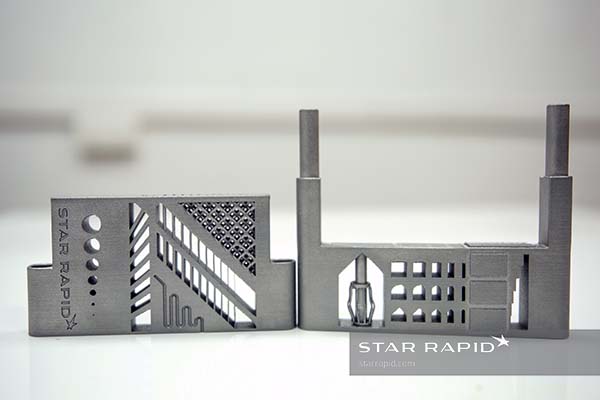
This is the preferred technique for making sophisticated parts of the highest strength, durability and complexity. The process can be expensive and must be controlled by a skilled engineer, but the results are ideal for the most demanding applications in aerospace, automotive, defense and medical parts.
6. CNC Machining
Many people don’t realize that CNC machining is a great way to make rapid prototypes.
CNC machining is highly versatile and can work with virtually any commercially available raw material. Parts can be made quickly and with tight tolerances. There are also no volume limitations so it’s easy to produce only exactly the number of parts needed. This solution is especially valuable for making engineered parts or assemblies that are full strength and completely functional.

7. Binder Jetting
A relatively new 3D process, this has the potential to be a true high-volume mass production technique. Over a horizontal print bed covered in metal powder, hundreds of nozzles spray micro-fine droplets of a liquid binder to form a single layer. This layer is then compacted with a roller, re-coated with powder, and then sprayed for the next layer.

When semi-finished parts are removed from the build chamber, they must still be cured in an oven to burn off the binding resin and fuse the metal powder together into a solid.
The advantage here is that many parts can be printed at one time, and the full volume of the chamber used. Such parts are not as strong as fully-welded DMLM pieces but they can still make fully functional metal components. Any combination of designs can be incorporated into a single batch production to make a complete assembly.
How Can We Help You?
Star Rapid specializes in a range of rapid prototyping solutions, including vacuum casting and CNC machining. Contact our team today to learn more or upload your CAD files for a free quotation on your next project.
